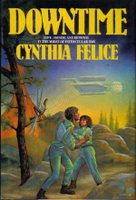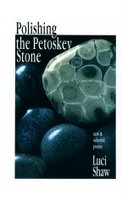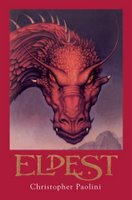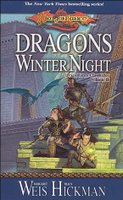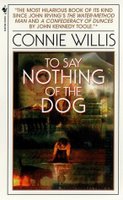This novel is set in an interplanetary society on the brink of a galactic war over the precious Elixir, which extends the life of those who drink it (it reminded me a bit of the spice in Dune. Most of the action takes place on the downtime outpost planet Mutare-- "downtime" because of the apparently relativistic time effects in this planetary system: time on Mutare and other downtime planets passes more slowly relative to the time of the Hub and the central worlds. The two main characters, Calla and Jason, were lovers years ago; Jason joined the rangers and came to Mutare, and Calla stayed with the Praetorian Raiders. Because of the downtime effect, only ten years have passed for Jason, while it has been thirty years for Calla. Calla has been chosen to protect their society from a suspected traitor because of her genetic singularity: she is immune to the Elixir, and therefore cannot be bribed by it.
I know of Cynthia Felice only through her collaborations with Connie Willis, and after reading Light Raid, I decided I should check out some of her work. Downtime was the only book by Felice that I could find in the libraries I have access to, and I had trouble finding much information on her, or even a cover image for the book, online. I enjoyed the book, and the end certainly reeled me in and made me keep reading, even though I correctly guessed some of the outcomes.
One thing that bothered me in this book was the use of technical terms. Felice seems to throw you right into the middle of this society without any definitions or terminology, and you have to pick things up as you go-- which is mostly do-able (and certainly preferable to reading a slow, boring introduction to the society structures and technologies). It's easy enough to figure out that the decimvirate is a council of ten, and from the references in the text I eventually understood that the stellerator was some kind of vest worn to protect humans from the cosmic radiation on Mutare. It's clear that this society has highly advanced genetic sciences, and also that they are heavy into protocol-- each person must wear a "nomenclator" that transmits their name, rank, accomplishments, etc. to those they approach. One of the odder things was the use of "jelly beans" to store and transport information. The one time Felice does go into detail is about the production of Elixir, and then it was far more detail than I really wanted-- although I understood the point she was trying to make, which is that making the Elixir is a very difficult, complicated process which can easily be disrupted.
An interesting subplot revolves around the strange danae, a species indigenous to Mutare; they are hunted for the valuable fragrant crystal contained in their bodies, but Jason, who is the Ranger-Governor of Mutare, does his best to limit this hunting, becuase he suspects that the danae may be sentient. Because of the themes of environmentalism and caring for other creatures, I was strongly reminded of Anne McCaffrey's The Coelura. The danae are actually pretty interesting; they communicate mostly by Psi, and the nymphs must go into a cocoon phase before they will emerge as a full-fledged danae. The interesting bit about this last part, as Jason eventually discovers, is that when a nymph cocoons with a dying danae, the new danae shares the memories of the old one.
One peculiar thing that I might not have noticed if I hadn't been reading the book of Esther the same day I finished this book... Calla has a gallows built on Mutare, so that when she eventually chases the traitor back to Mutare, he will know that she had planned it all along. This is suspiciously reminiscent of the gallows that Haman built for Mordecai, although here it plays out slightly differently, and Calla is certainly not a despicable character like Haman.
An entertaining read. In spite of the strange technology, there is plenty here to fascinate. I found the parts of the story set on Mutare, and the concern with a traitor in their midst, more compelling than the space battles. I was intrigued by the politics of this war more than I expected to be, and enjoyed Calla's surprising plan-- because she is immune to Elixir, she is one of the only ones who can think clearly and respond decisively in the face of this threat.
| Title: | Downtime |
|---|---|
| Author: | Cynthia Felice |
| Date published: | 1985 |
| Genre: | Science Fiction |
| Number of pages: | 246 |


